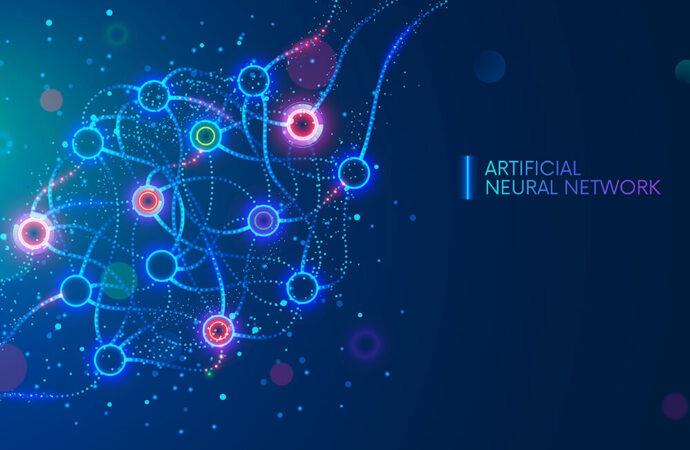Introduction In the realm of cutting-edge technologies, few innovations have captured the essence of human cognition like Artificial Neural Networks (ANNs). Modeled after the intricate neural networks of the human brain, ANNs are at the forefront of modern Artificial Intelligence (AI) and are revolutionizing various fields, from natural language processing to image recognition. This article
Introduction
In the realm of cutting-edge technologies, few innovations have captured the essence of human cognition like Artificial Neural Networks (ANNs). Modeled after the intricate neural networks of the human brain, ANNs are at the forefront of modern Artificial Intelligence (AI) and are revolutionizing various fields, from natural language processing to image recognition. This article delves into the captivating world of Artificial Neural Networks, exploring their architecture, training process, applications, and potential impact on the future of AI.
What are Artificial Neural Networks?
At the core of AI, an Artificial Neural Network is a computational model inspired by the complex interconnections and functioning of neurons in the human brain. Just as the brain processes information through interconnected neurons, ANNs consist of multiple interconnected layers of artificial neurons called nodes or units. These nodes work collaboratively to process and analyze data, learn patterns, and make predictions or decisions.
The architecture of Artificial Neural Networks
ANNs possess a layered structure, consisting of three primary types of layers: the input layer, hidden layers, and the output layer. The input layer receives raw data, which is then passed through the hidden layers where computation and feature extraction take place. Finally, the output layer generates the desired outcome or prediction.
The nodes within each layer are connected by weights, which represent the strength of the connection between nodes. During the training process, these weights are adjusted to optimize the network’s performance in solving a specific task. The adjustment is achieved through a process called backpropagation, where the network compares its output to the desired output and updates the weights accordingly.
Training Artificial Neural Networks
Training ANNs is a crucial aspect of their effectiveness. It involves presenting the network with a labeled dataset, where both input data and corresponding correct outputs are provided. The network then processes the data, makes predictions, and compares them to the correct outputs. Based on the error between the predicted and correct outputs, the network adjusts its internal parameters (weights) through the backpropagation algorithm, aiming to minimize the error over multiple iterations. This iterative process continues until the network achieves an acceptable level of accuracy in making predictions.
Applications of Artificial Neural Networks
- Image and Speech Recognition: ANNs are widely used in image and speech recognition tasks, enabling applications like facial recognition systems, self-driving cars, and voice assistants.
- Natural Language Processing: In language-based tasks, ANNs are employed for sentiment analysis, language translation, and text generation.
- Recommender Systems: ANNs power recommendation engines used in platforms like Netflix and Amazon, providing personalized content suggestions based on user preferences.
- Medical Diagnostics: ANNs assist in medical image analysis, early disease detection, and predicting patient outcomes from electronic health records.
- Financial Modeling: ANNs are utilized for stock market predictions, credit risk assessment, and fraud detection.
The Future of Artificial Neural Networks
As AI research and computing power continue to advance, the potential of ANNs expands exponentially. Some areas of development include:
- Deep Learning: Deep Learning, a subset of machine learning, utilizes deep neural networks with numerous hidden layers, allowing for more complex data representation and better performance in sophisticated tasks.
- Explainable AI: Researchers are striving to make ANNs more interpretable, so users can understand the reasoning behind the network’s decisions, increasing transparency and trust.
- Neuromorphic Computing: Inspired by the brain’s architecture, neuromorphic computing aims to develop hardware that mimics neural networks, offering energy-efficient and highly parallel computing capabilities.
Conclusion
Artificial Neural Networks have emerged as the cornerstone of modern AI, making significant strides in diverse industries and applications. As they continue to evolve and become more sophisticated, the potential for innovative breakthroughs becomes boundless. However, with such advancements come ethical considerations, necessitating responsible development and usage to ensure AI technology benefits society while safeguarding privacy and security. As we tread deeper into the world of AI, the continued exploration and integration of Artificial Neural Networks promise to reshape the future of technology and human interaction.


















